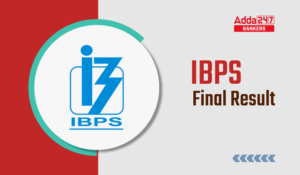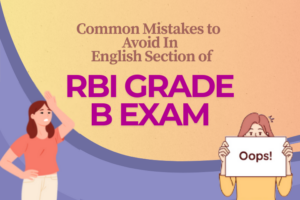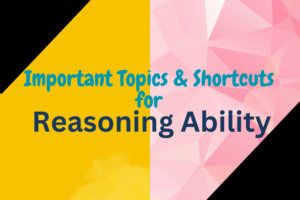Let’s learn about nouns and little tricks to avoid the mistakes students usually do, Noun, as we know, is the class of people, places, or things. Nouns can be used as a subject, direct or indirect object, adjective depending, appositive, subject complement or object complement on the demand of the sentence.
First, let us revise the basics with the types of nouns:
1. A proper noun is the name of a specific person, place, or thing, and is always capitalized: Nidhi is not coming with us today.
2. A common noun is the generic name of an item in a group or class. It’s not capitalized unless it is used in the title or appearing at the beginning of a sentence:
Common nouns have three subtypes:
- Concrete nouns: something that is physical or real. (e.g., I heard the doorbell.)
- Abstract nouns: cannot be perceived by the senses. (e.g., We can’t imagine the courage it took to do that.)
- Collective nouns: a collection or group of people or things. (e.g., That pack of lies is disgraceful.)
3. Countable Nouns: the name of people, objects, etc. that we can count (e.g., eg., book, pen, apple.)
4. Uncountable Noun: names of things that we cannot count (eg., milk, oil, sugar, gold, honesty.)
They mostly denote substances and abstract things.
Note- Countable nouns have plural forms while uncountable nouns do not. (eg. books, but not milks)
So, let’s start the 5 points as promised:
1. If the noun is formed with one preposition then to make the word plural we add “s” which comes before the preposition.
Passer-by — Passers-by [ SBI PO PRE 2019 ]
Hanger on — Hangers-on
(b) door to door
3. When a verb takes two objects, the indirect object is preferred (e.g. me) before the direct object. And an indirect object is usually a person. For example:
Incorrect: Ravi told these news to me.
Correct: Ravi told me this news.
Explanation: News is the noun that is only used in the singular form. So, we cannot use “these” before the news.
4. (i) When worlds like sheep, deer, salmon, aircraft, spacecraft, series, species, pair, dozen, score, hundred are used after numerals they are singular.For Example:1. I bought three dozen oranges.
2. The sari cost me five thousand rupees.
3. Twenty hundredweight make one ton.
(ii) If we want to use any of those words as plural the rule followed is: The plural structure is – (Dozens of, Hundreds of, Thousands of, Scores of) + plural noun
2. Hundreds of people attended the party
3. Thousands of people were present at the time of the attack
Explanation: Because we have not used any numeral value, Dozens of, Hundreds of and Thousands of are justifying their use in the sentence.
5. (i) Some nouns have one meaning in the singular, two in the plural.
| Singular | Plural | ||
|---|---|---|---|
Colour |
Hue | Colour |
hues |
| The flag of a regiment | |||
Manner |
Method | Manner |
Methods |
| Correct Behaviour | |||
| Singular | Plural |
|---|---|
| Air: Atmosphere | Airs: affected manners |
| Good: Wellbeing, Benefit | Good: merchandise |
| Respect: Regard | Respects: Compliments |






 IBPS Final Result 2025 Coming Out Tomorr...
IBPS Final Result 2025 Coming Out Tomorr...
 Simple Tips to Avoid Common Mistakes In ...
Simple Tips to Avoid Common Mistakes In ...
 Important Topics & Shortcuts for IDB...
Important Topics & Shortcuts for IDB...





